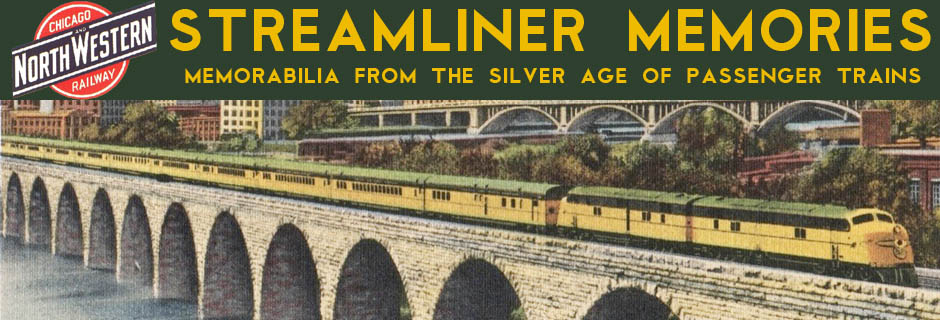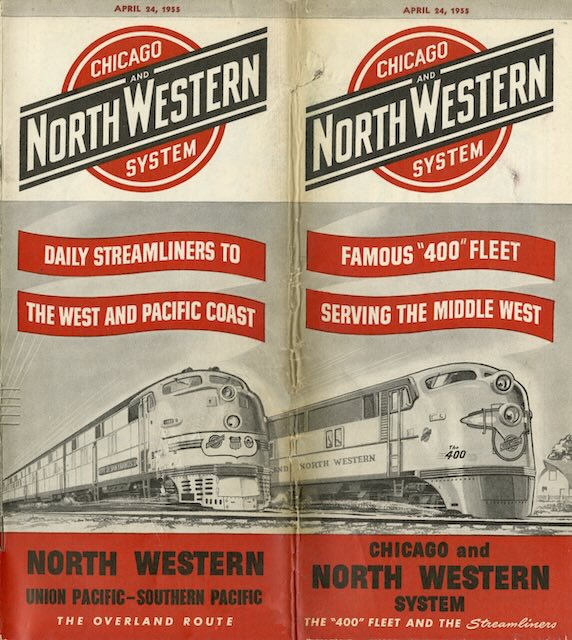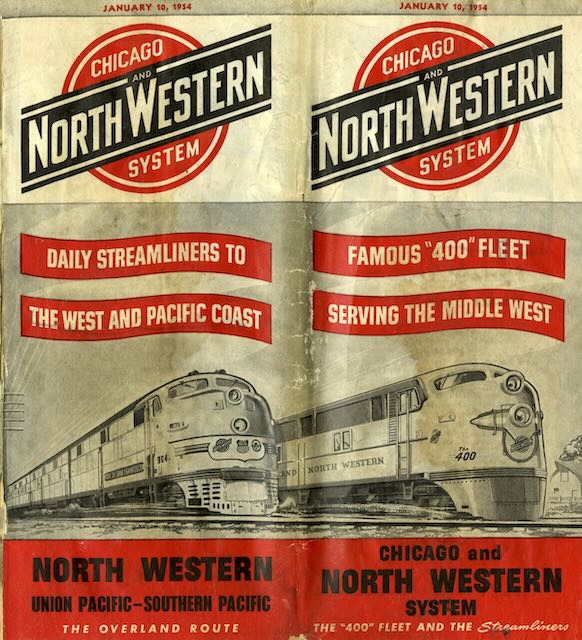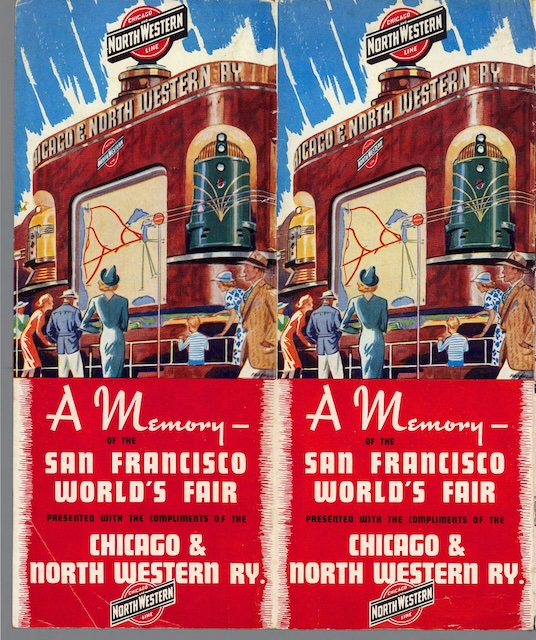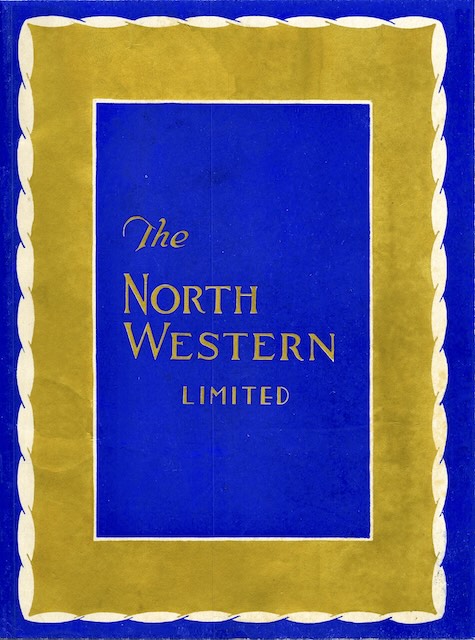Yesterday’s April 1955 timetable was probably the last C&NW timetable before Union Pacific yanked its streamliners away from the North Western and over to the Milwaukee Road. It was 44 pages long, and this one is a respectable 36. Clearly, the North Western still operated a lot of passenger trains.
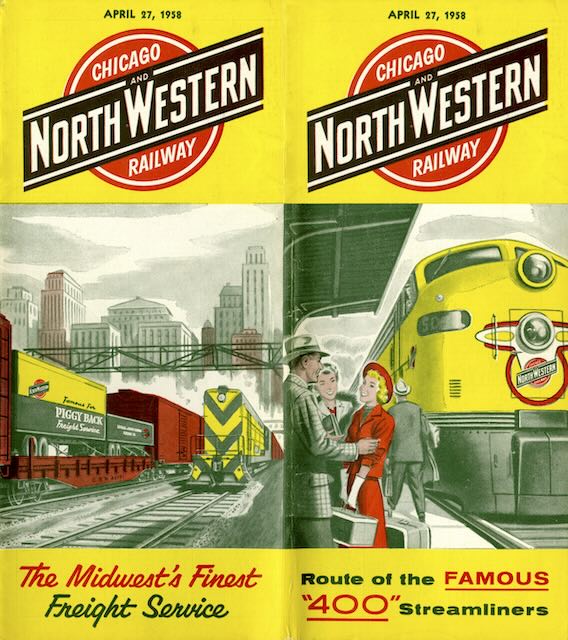 Click image to download a 23.9-MB PDF of this 36-page timetable.
Click image to download a 23.9-MB PDF of this 36-page timetable.
The timetable devotes two pages to Chicago-Minneapolis trains, one to Chicago-Duluth, one to Chicago-Rapid City, two to Chicago-Omaha and nearby trains, two to trains to upper Wisconsin, two to Chicago-Green Bay, one to Chicago-Milwaukee, and one to Chicago-Madison. The timetable also includes four pages of mixed or freight-only routes. Continue reading
